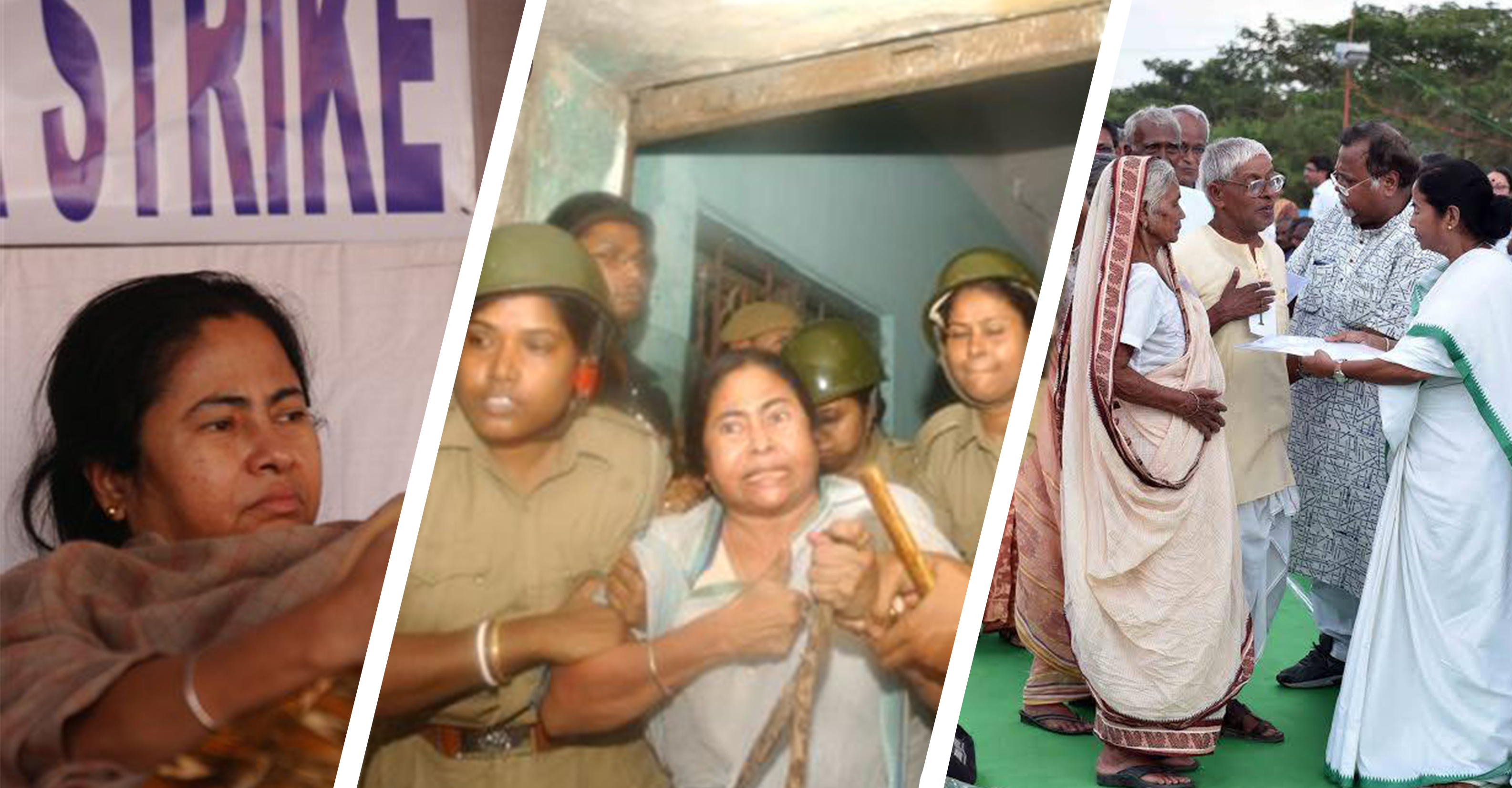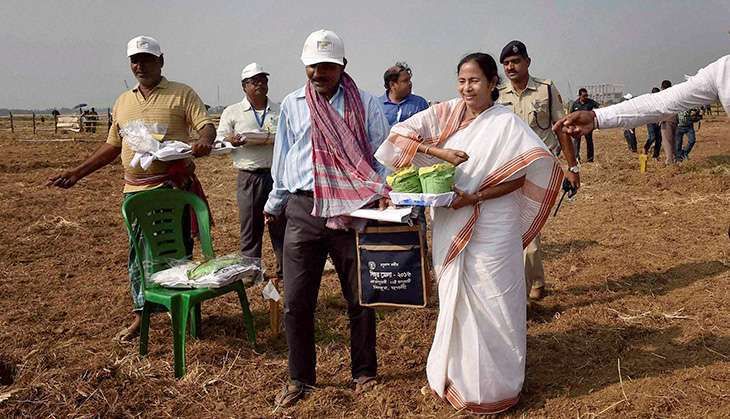On August 31, 2016, the Supreme Court of India, in a historic judgement declared that the land acquisition made by the erstwhile Left Front Government in Singur was illegal and asked the present Government led by Chief Minister Mamata Banerjee to return the plots to their owners. This was the end of the ten-year struggle started by Mamata Banerjee against illegal land acquisition.
A brief timeline of the events that led to the victory of Mamata Banerjee’s struggle for farmers is as follows:
2006
May 2006: The then West Bengal Government decided to acquire 997 acres (initially 1,013 acres were asked for) for Tata Motors’ small-car factory in Singur in Hooghly district. Almost 6,000 families, including many agricultural workers and marginal peasants, were to lose their land and livelihoods.
There was no compensation for the landless agricultural workers, unrecorded bargadars and other rural households who were indirectly dependent for their livelihood on land and agricultural activities. Almost all the land-owners had also expressed their unwillingness to give their land from the inception of the project, but these appeals had fallen on deaf ears.
July 17: Work on acquisition of land for the factory for producing Nano cars in Singur began. Farmers led by the Trinamool Congress MLA from Singur, Rabindranath Bhattacharjee, lodged protests, saying the State Government was trying to remove them from the land they owned.
September 25: The land in Singur was forcefully acquired. The events showed that the Left Front Government could go to any extent to evict the people and hand over the land to the company officials. More than 400 people, including several women and children, were brutally assaulted and about 78 activists were arrested, which included 27 women and then Member of Parliament Mamata Banerjee.
At around 1.40 in the night, RAF and police together attacked a few thousand men, women and children who had been protesting peacefully all day. A few hundred persons were injured. About 5,000 people, including about 2,000 women, had peacefully demonstrated at the block development office at Singur against the distribution of cheques to peasants under the banner of ‘Singur Krishi Jami Raksha Committee’. Rajkumar Bhul, who was attacked by police, died on September 28.
The struggle of the people nevertheless continued in a democratic and peaceful fashion in the next few months. Marches, rallies and public hearings got organised in Singur and Kolkata.
October 1: On the day of Bijoya Dashami, night vigil was observed in the affected mouzas of Singur. All the villagers in all the villages in Singur block switched off the lights in their houses in the evening as a symbol of protest.
November 30: Assault on Mamata Banerjee who was barred by police from proceeding to Singur. The Government prohibited all assemblies in Singur, displaying its Fascist face.
December 2: Farmers of Khaserbheri, Bera Beri and Gopalnagar gathered to resist the fencing of the proposed project land. Severe police force was used against them, several people were injured and more than 60 people were arrested.
December 4: The Singur agitation intensified with Mamata Banerjee starting a hunger strike at Esplanade in central Kolkata after the State Government had rejected her demand for stopping the fencing work in Singur and the withdrawal of police forces from the area. It lasted 26 days.
December 18: At about 6am, the body of a young activist of the Singur Krishi Jami Raksha Samiti, Tapasi Malik was found burning in the fenced area. The girl was reportedly raped and murdered by miscreants who were present within the guarded area.
2008
October 3: The Nano project is moved out of Bangla.
2011
March 28: Mamata Banerjee announced before the Assembly election that she would do everything to return 400 acres of land in Singur to the unwilling farmers.
May 20: A Trinamool Congress-led Government took oath with Mamata Banerjee as Chief Minister.
June 14: The AITC-led Government passed the historic Singur Land Rehabilitation and Development Bill in the Assembly.
2016
August 31: Supreme Court of India terms the land acquisition in Singur illegal and unconstitutional.


